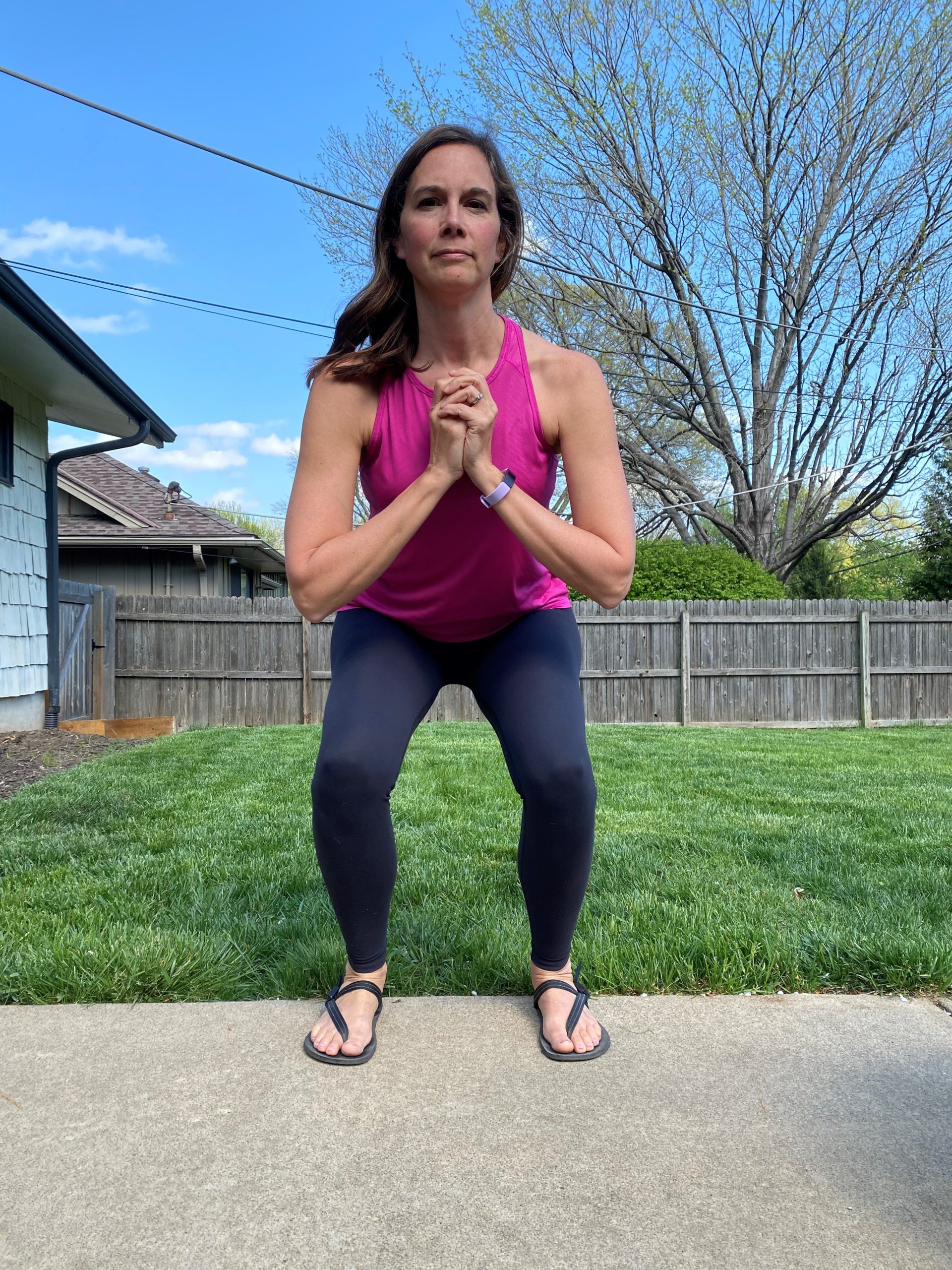The psoas muscle gets a lot of press for being overactive or tight. Everyone wants…
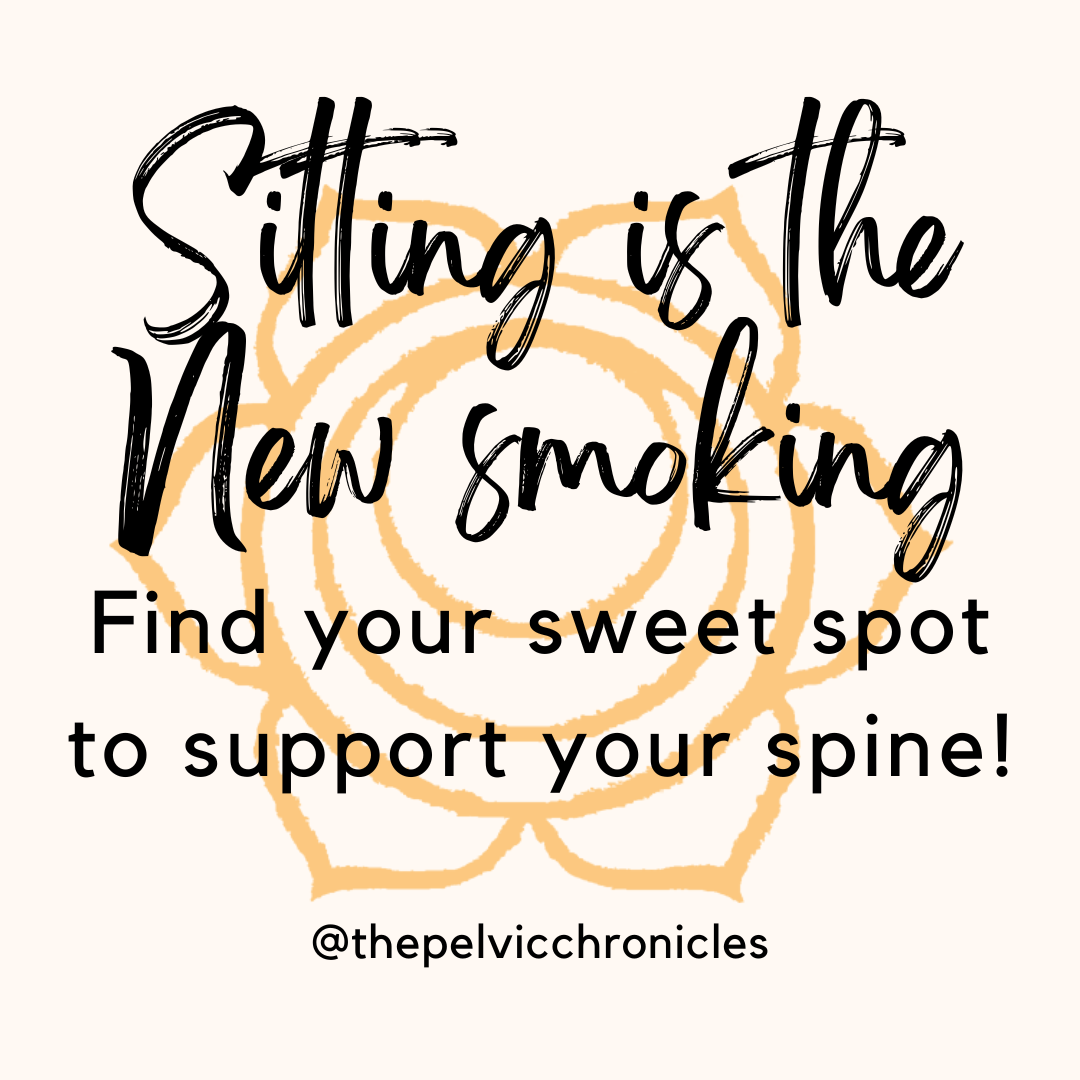
Sitting is the new smoking
I know, I know, sitting is the new smoking. We are out getting standing desks and doing our best to limit this sitting thing; BUT (pun intended)…we simply need to be on our butts sometimes. We eat, drive, read, watch TV (Go Kansas City Chiefs), attend church, and go to restaurants. This adds up to quite a bit of sitting. Let’s make the way we sit to be a boon to our recovery and health instead of an addition to our problem.
There are many things to consider when looking at our computer desk ergonomics, which is a blog for another day. In this blog, I want to talk about supporting the lovely, very important curves of your lumbar spine. The spine looks like a reverse s-curve. We has a small curve in the low part of our back, called the lordosis. WE have a natural curve opposite that in our mid back called a kyphosis. Last, our neck also has a small curve similar to the lower back which is also refered to as a lordosis. These are important and allow for movement and stability.

When we sit unsupported, we get fatigued after a bit and either arch or flex our entire back too much, putting stress on the ligaments of our spine and using muscles in an imbalanced way. When we twist the legs to one side this twists the back as well and cause stress. When we turn the knees in and the feet out, we set ourselves up for tight IT bands and hip and/or back pain. The location of the lumbar support should not be so low that it is at our sacrum, the low flat bone at the base of our spine, rather just in the arch of the low back.
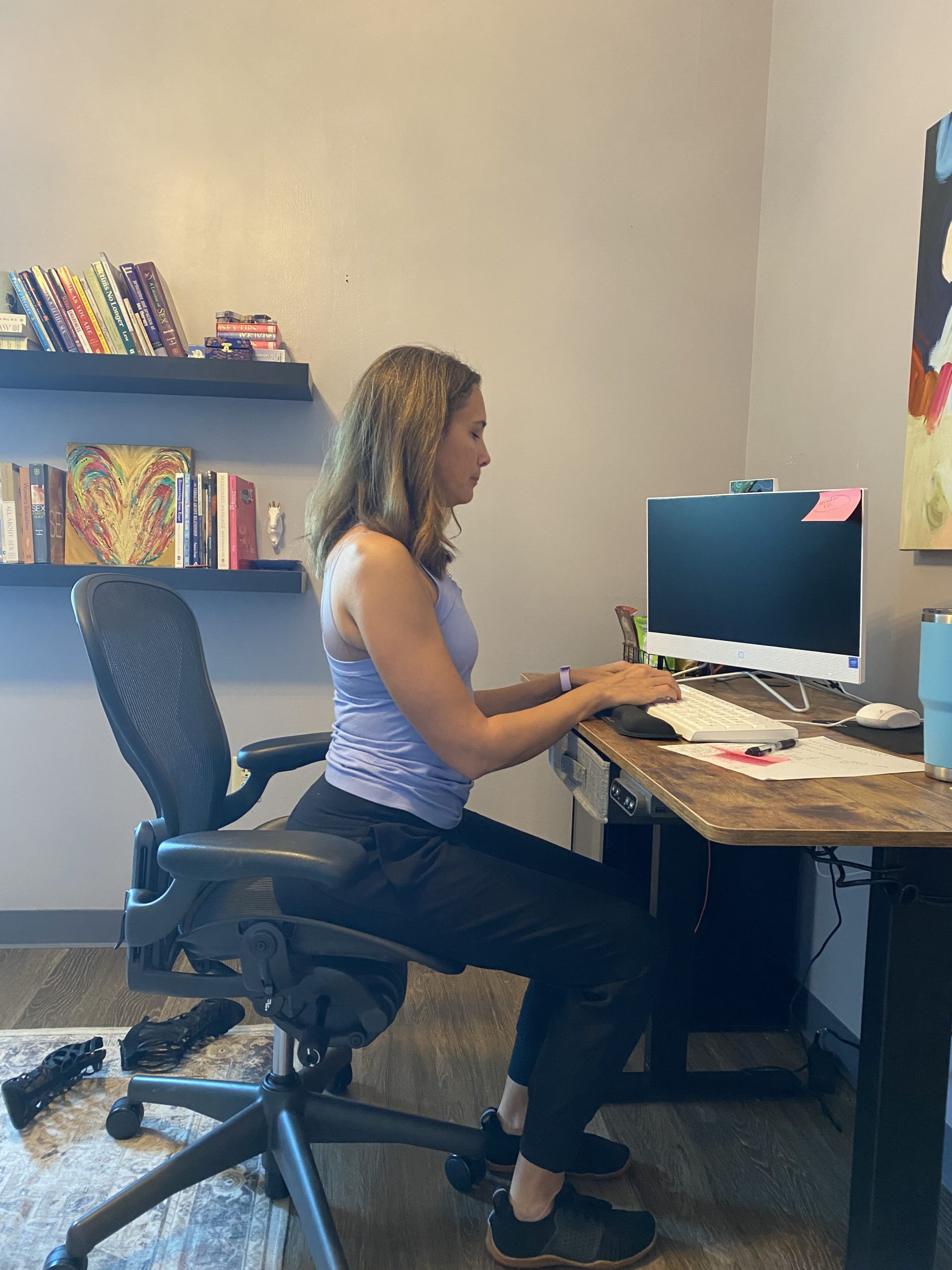

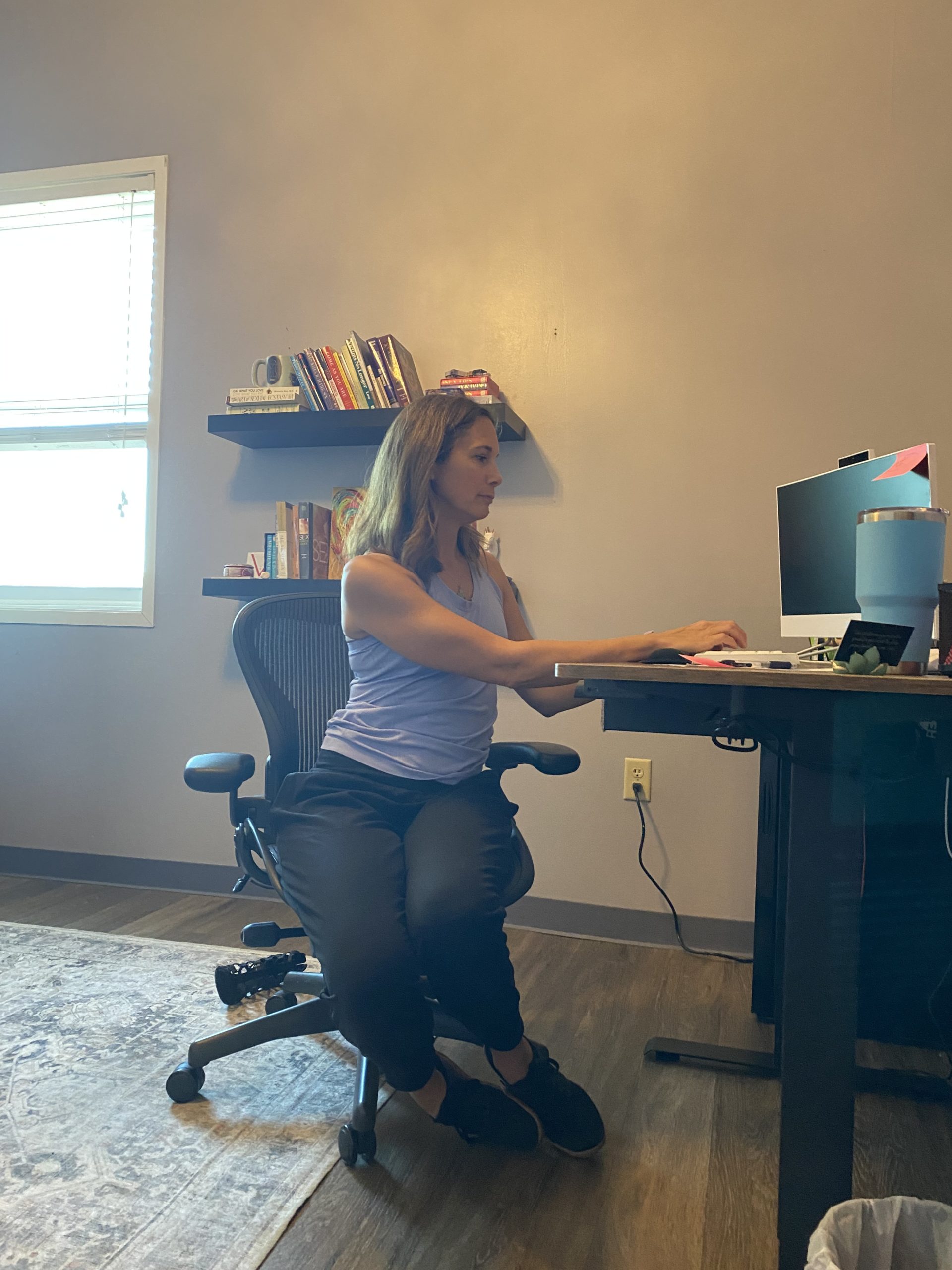
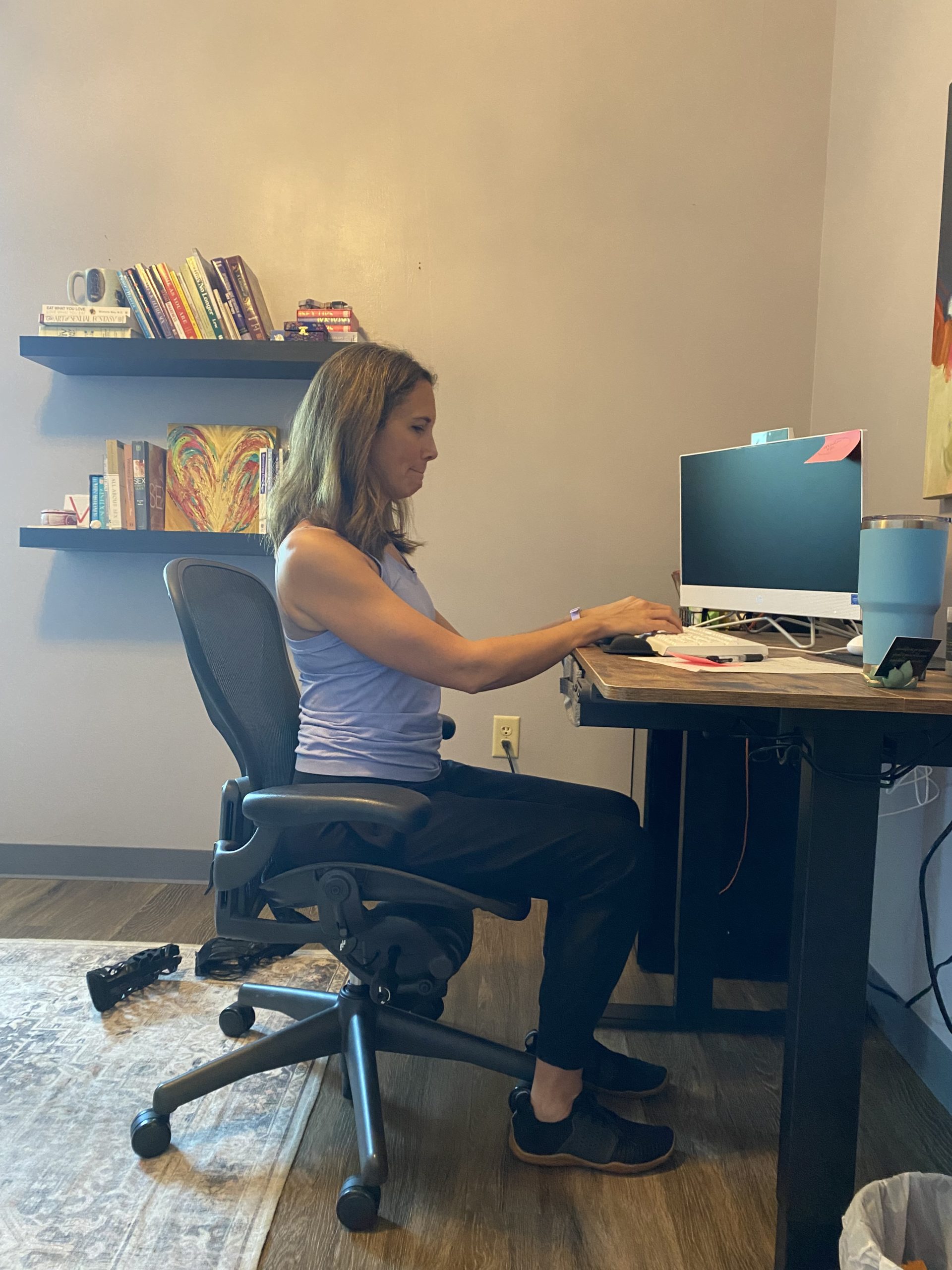
Poor sitting posture affects the muscles all over our trunk. In particular it can put stress on the pelvic floor muscles and cause us to stop using important stabilizers of our low back, called the multifidus muscles. If we just put a small pillow or lumbar support right in the curve of our low back and scoot back in our chair so the butt is at the back of the seat, we allow the multifidus muscles and pelvic floor muscles to do their job. They will support the spine and pelvis instead of turning off and allowing other muscles to tighten and complain. I recommend putting a pillow in your TV seat, eating seat, car seat (the lumbar support in your car is not enough), and rolling a sweater or jacket up to discreetly slip behind your back when you are at a restaurant, movie, or church.
Breast feeding moms, when shown how to properly support the spine during nursing almost instantly report relief of upper back and neck pain. Some people who have struggled with pain in the low back and down the legs, or into the pelvic floor and sacrum find that using the lumbar pillow helps control their symptoms while they rehab in PT.
In short: scoot back so your butt is in the back corner of the seat. Sit upright evenly on your sitting bones, and put the pillow (or rolled towel or sweater) in the arch of your low back. Have your feet and knees hip distance apart with feet flat on the floor.
If you have trouble with these instructions or are struggling with pain during sitting, it may be time to schedule a visit with a PT. We can help you customize your sitting and identify what is causing your issues to get you feeling and performing you best!


